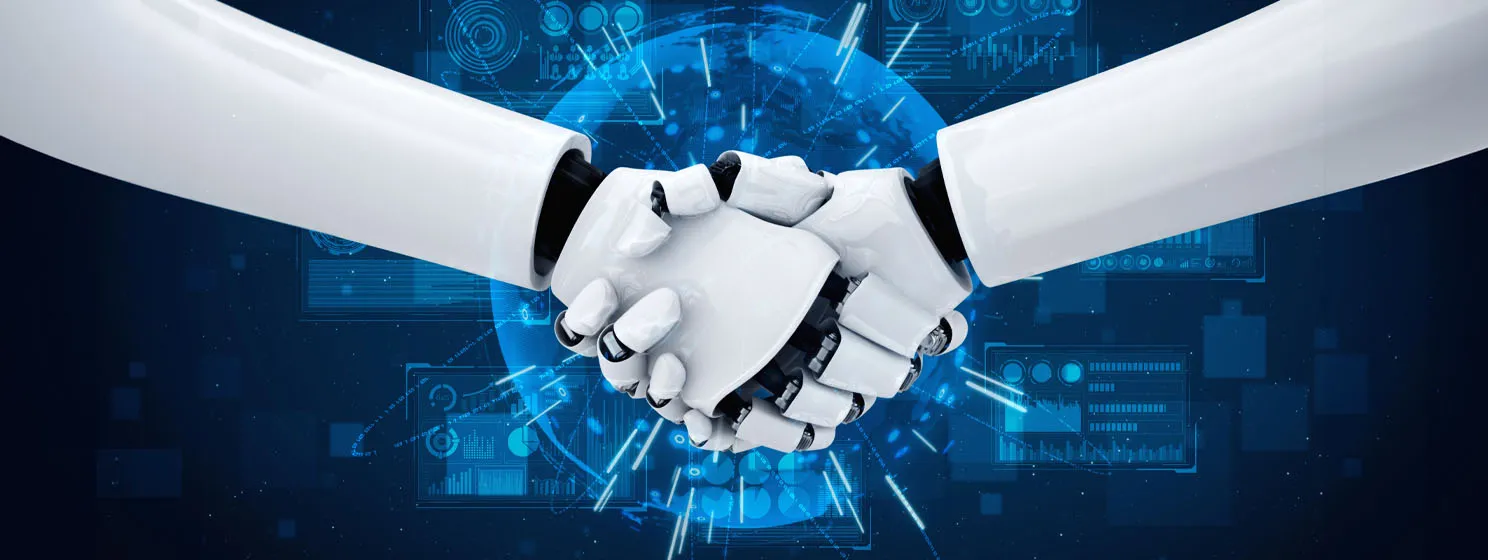|
Getting your Trinity Audio player ready...
|
The blockchain could be the perfect method to control systems in the Internet of Things (IOT) space. In a Medium post from yesterday, nChain Chief Scientist Dr. Craig Wright delves into the topic of IOT control, providing a number of examples of how the space can benefit greatly from the technological advances offered by the blockchain.
IOT devices are on the rise. The technology is being found in virtually everything today, from large refrigerators to small buttons that allow for 1-touch buying (most may have heard by now of Amazon’s crazy Dash Buttons). However, many devices, like the Dash Button, are small and have limited processing and memory capacity. This small capacity makes it difficult to include certain features that could make the devices more robust and secure.
As Wright states in his post, “It would be an advantage to have an operating system that is generic yet small enough to be loaded into any device and yet retains strong cybersecurity. A further advantage is to enable simple, secure, and robust control functionality including the possibility of processing payments for services provided by the device. The preceding goals can be achieved by interfacing IOTs to the Bitcoin-blockchain protocol.”
Using a blockchain IOT device (BID), a mechanism that can execute a specific set of instructions stored off-BID and which can reside internally or externally to the IOT device, the blockchain can be incorporated through a communications link that allows for the majority of the tasks and functionality of the IOT device to be managed from the blockchain. Wright explains, “Thus, the BID does not contain its own instructions embedded, and does not ‘know’ what it does or how to do it; it only contains a way to securely retrieve instructions. A BID can only perform a set of simple actions…”
The concept builds on a patent (in pdf), WO 2017/187397 Al, that is owned by nChain. It encompasses a system that is more secure, that allows for universe software-upgrade protocols and which also allows for “device agnosticism.”
Ultimately, and one of the biggest benefits to the system, this design creates a generic operating system that could be used by any IOT device. The device doesn’t need to be pre-programmed, since the blockchain stores the data, except to program it to interface with the blockchain.
Wright concludes by pointing out that there could be as many as 50 billion IOT devices active within five years. This is a tremendous opportunity to take advantage of an innovative technology that has already been shown to be effective and efficient, and which is already revolutionizing the world.

 07-09-2025
07-09-2025 





